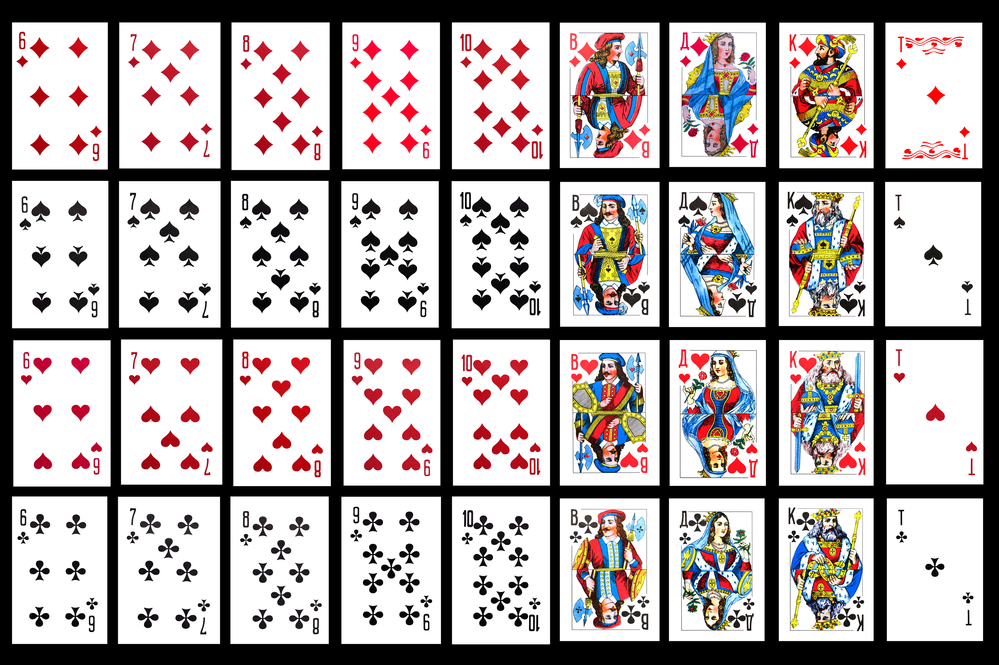

The word Skat is a Tarok term derived from the Italian word scarto, scartare, which means to discard or reject, and its derivative scatola, a box or a place for safe-keeping. The current rules, followed by both the ISPA and the German Skat Federation, date from Jan. These were the first official rules finally published in a book form in 1888 by Theodor Thomas of Leipzig. Nevertheless, the rules continued to differ from one region to another until the first attempt to set them in order was made by a congress of Skat players on 7 August 1886 in Altenburg.

The first book on the rules of Skat was published in 1848 by a secondary school teacher J. But the main innovation of this new game was that of the bidding process. He then made two discards, constituting the Skat, and announced a contract. In the earliest known form of the game, the player in the first seat was dealt twelve cards and the other two players ten each. It has become the most loved and widely played German card game, especially in German-speaking regions. Skat was developed by the members of the Brommesche Tarok-Gesellschaft between 18 in Altenburg, in what is now the Federated State of Thuringia, Germany, based on the three-player game of Tarock, also known as Tarot, and the four-player game of Schafkopf (the American equivalent being Sheepshead). Along with Doppelkopf it is the most popular card game in Germany and Silesia. Skat ( German pronunciation: ) is a 3-player trick-taking card game devised in early 19th-century Germany.


 0 kommentar(er)
0 kommentar(er)
